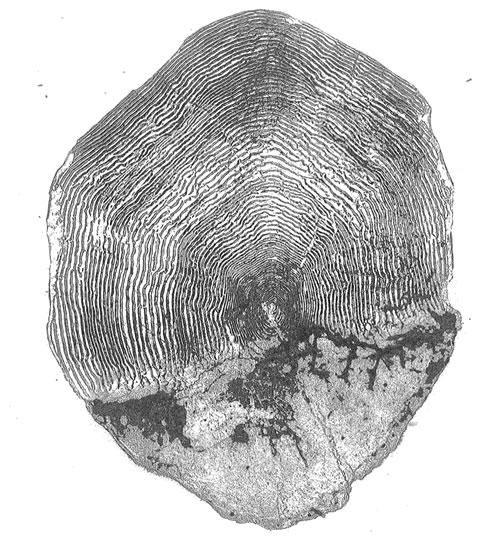Salmonid Stock Assessment Models
Novel Improvements to Salmonid Stock Assessment information and tools
We will analyse the data available from wild populations in the five monitored “Index” rivers in the channel to provide new insights on effects of environmental changes on marine growth and survival, migration behaviour, fecundity and sex ratios. The aim is to improve stock assessment models (SAMs) and the calculation of Conservation Limits (CL) and Quotas (QU).

4 key activities in this work-package and how each will help the management of salmonids:
Activity 1
Salmonid abundance and productivity varies in response to environmental changes. We will develop flexible models to make the best use of information collected over the last 10-30 years to estimate salmonid abundances and changes in their migration behaviour
Activity 2
Growth rates of salmonids at sea and marine survival are affected by climate changes. SAMARCH will analyse historical collection of scales (>15000 scales) and tag-return data available on the 5 monitored rivers to assess changes in growth and marine survival, and provides insights on the drivers of those changes
Activity 3
Salmonid population dynamics are limited by the number of eggs spawned, which is the product of the number of females (sex ratio) and their fecundity. SAMARCH partners will use novel techniques to better estimate those two parameters and how they have changed in time.
Activity 4
This activity will integrate all the new data collected in WP T1, WP T2 and WP T3 into novel comprehensive stock assessment models that admit effects of environmental changes on key population dynamic parameters, and that will be used to set river specific CL and QU and better balance conservation and fisheries management.
